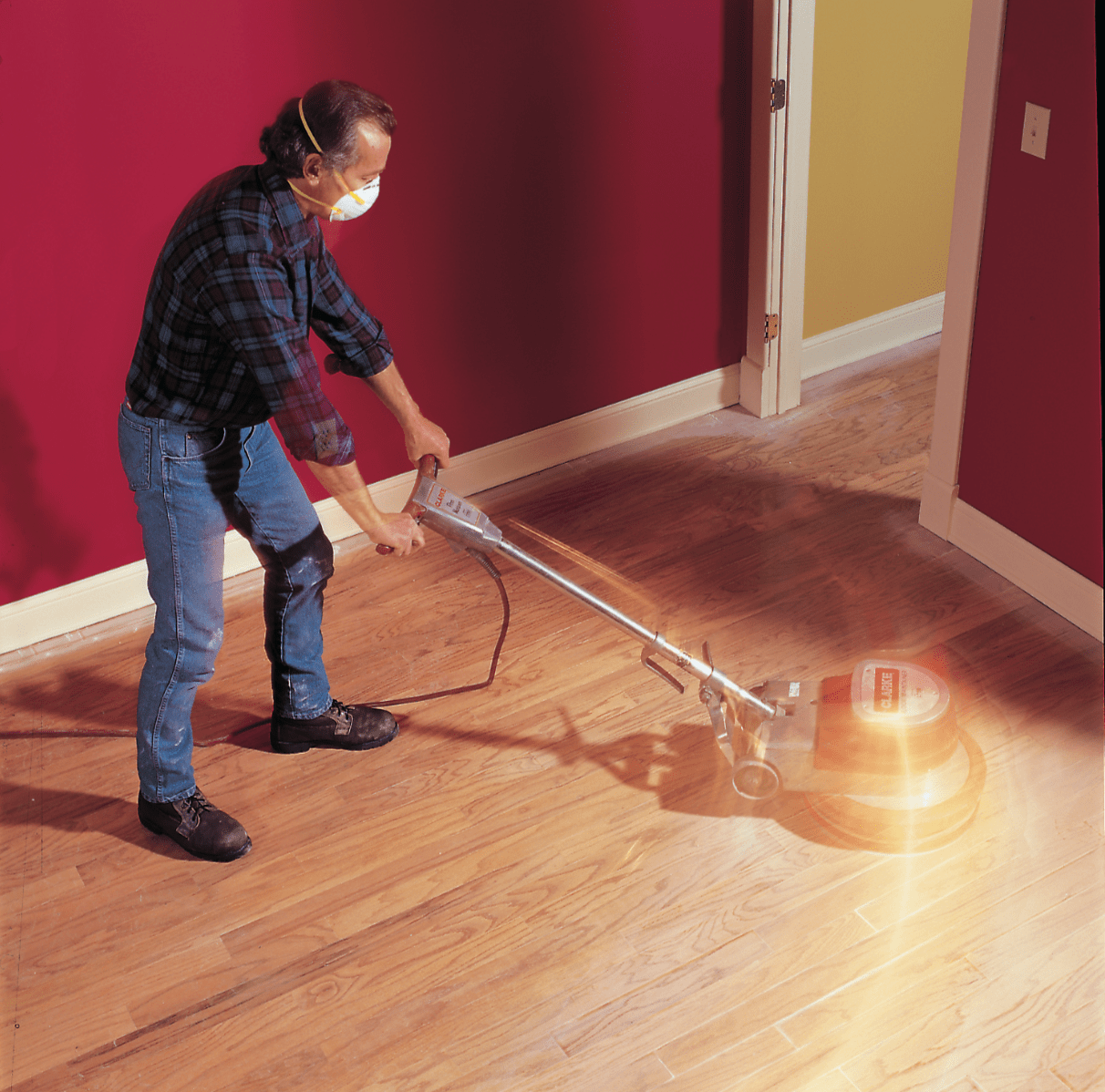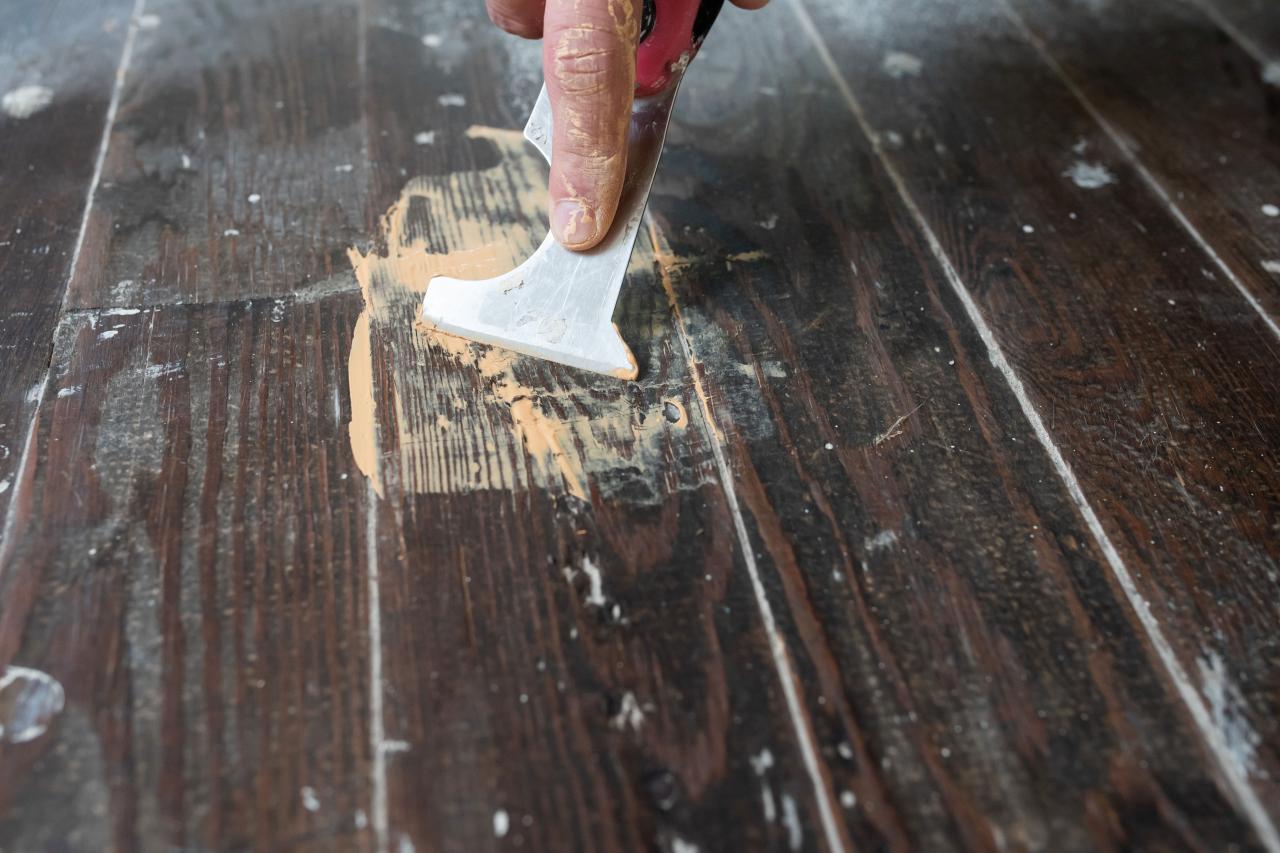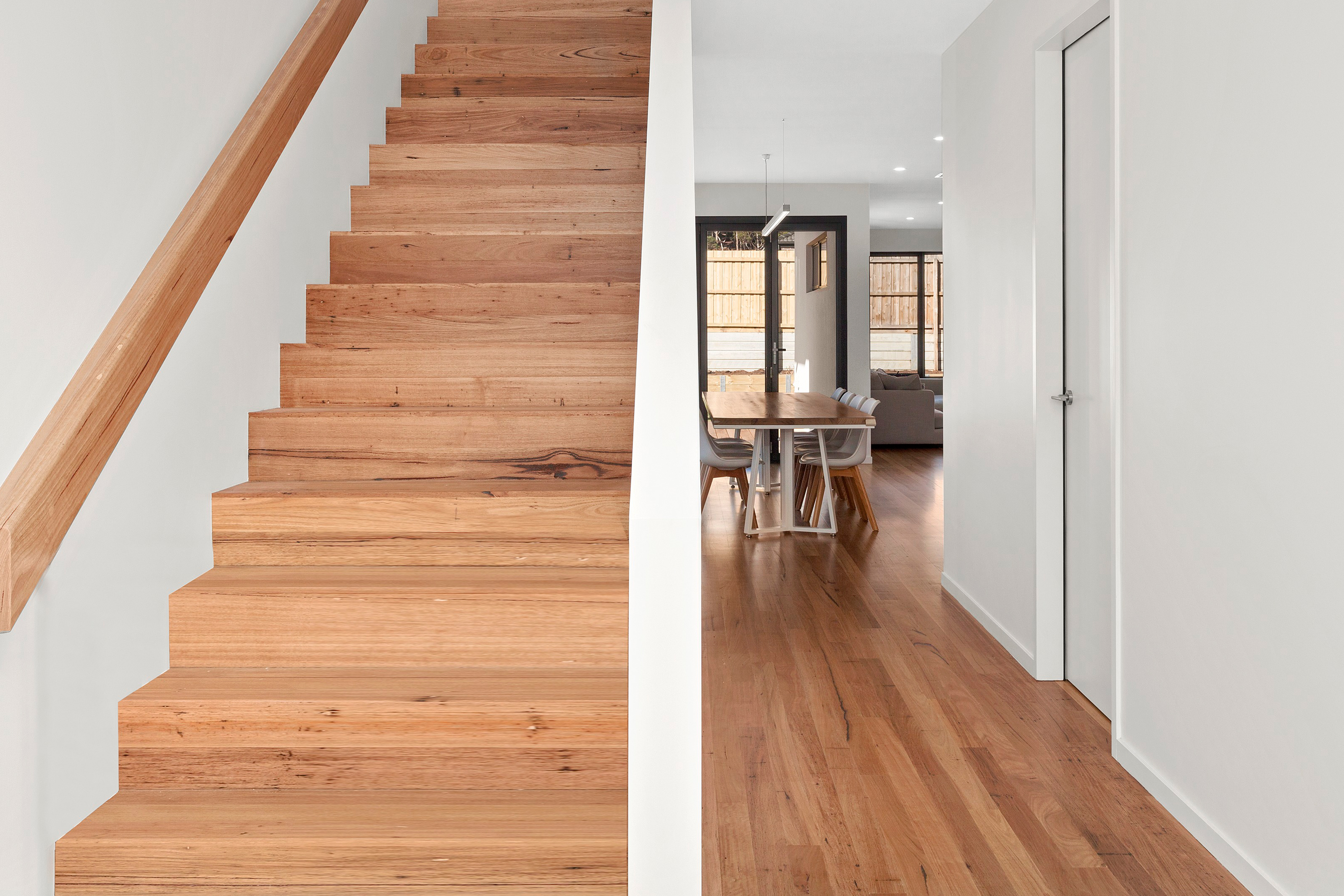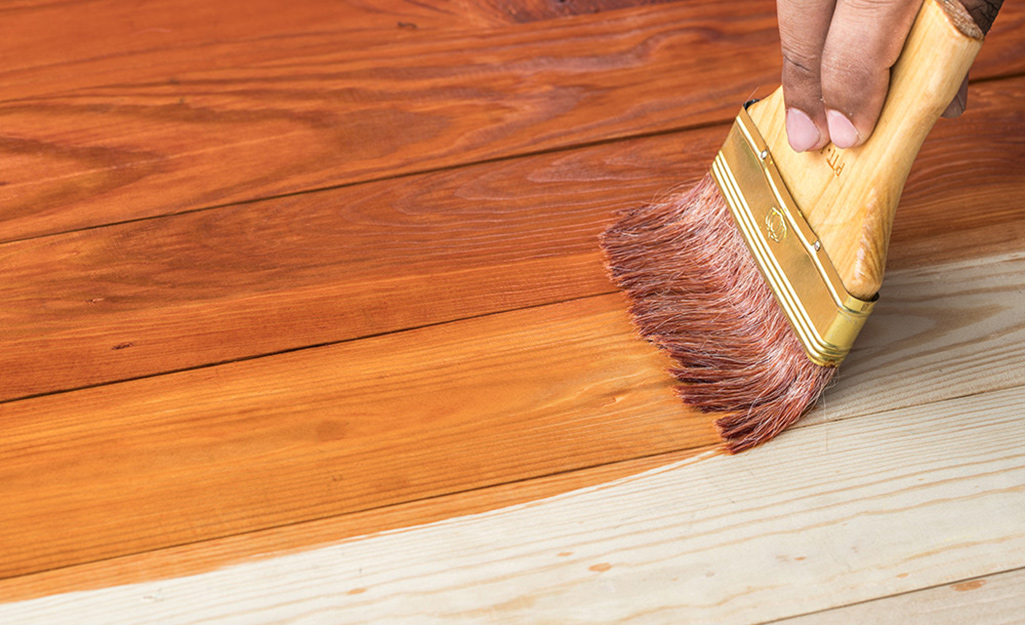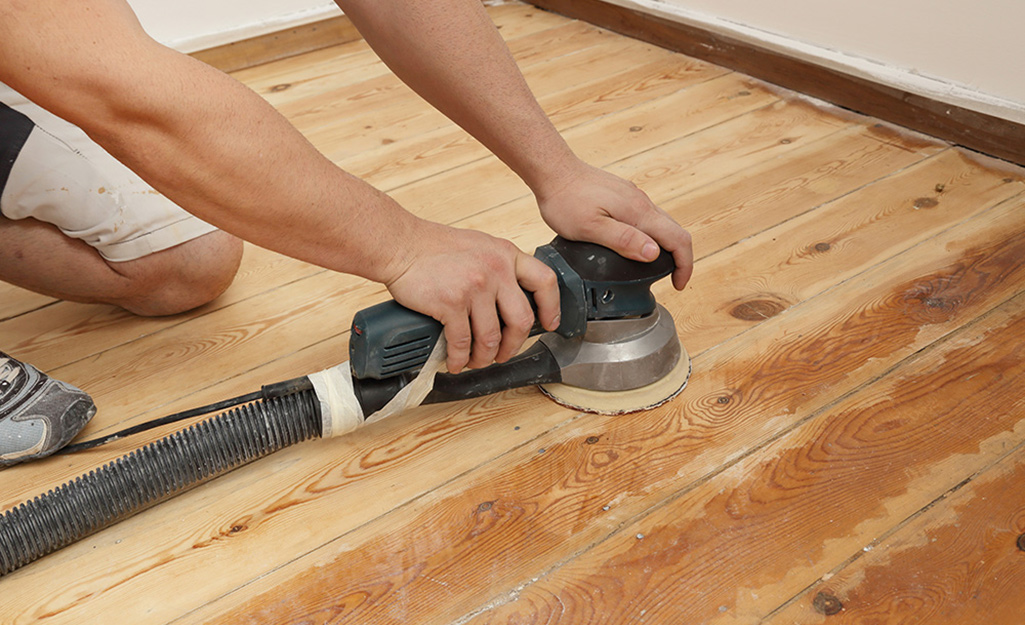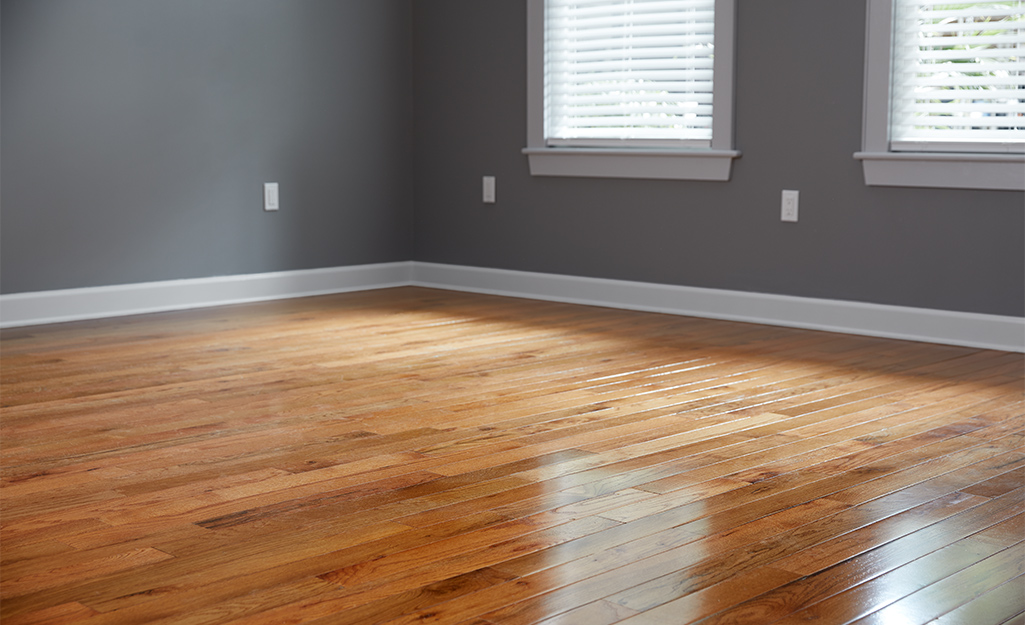Hardwood flooring finishing techniques are crucial for enhancing the beauty, durability, and longevity of wood floors. The finishing process involves applying a protective layer to the surface of the wood, which can also enhance its natural color and grain patterns. There are several types of finishes available, each offering different levels of protection and aesthetic appeal. The two main categories of hardwood finishes are surface finishes and penetrating finishes. Surface finishes, such as polyurethane and varnish, form a protective barrier on top of the wood. In contrast, penetrating finishes, like oil-based finishes, soak into the wood to protect within.
Images about Hardwood Flooring Finishing Techniques
Hardwood Flooring Finishing Techniques

Polyurethane finishes are among the most popular surface finishes due to their durability and ease of maintenance. They come in two primary types: oil-based and water-based. Oil-based polyurethane offers a rich, amber hue that enhances the wood’s natural warmth, but it takes longer to dry and emits strong fumes during application. Water-based polyurethane, on the other hand, dries quickly, emits fewer fumes, and maintains the wood’s natural color without yellowing over time. Both types provide excellent protection against scratches, moisture, and wear, making them ideal for high-traffic areas. Application typically involves multiple coats, with sanding between each coat to ensure a smooth, even finish.

Penetrating oil finishes, such as tung oil, linseed oil, and Danish oil, penetrate deep into the wood to provide a more natural look and feel. These finishes enhance the wood’s grain and texture, giving it a warm, rich appearance. Oil finishes are generally easier to apply than surface finishes and can be maintained with periodic re-oiling. However, they do not provide as much protection against scratches and wear as polyurethane finishes. Applying an oil finish involves spreading the oil evenly across the surface, allowing it to soak in, and then wiping off any excess. The process may need to be repeated several times to achieve the desired level of protection and sheen.

For those seeking a more natural, eco-friendly option, there are wax finishes and hardwax oils. Wax finishes provide a low-sheen, rustic appearance and are typically used in conjunction with oil finishes for added protection. Hardwax oils combine the benefits of oils and waxes, penetrating the wood while also providing a surface barrier. These finishes are appreciated for their natural look and feel, as well as their environmental friendliness. They are also relatively easy to repair; scratches and scuffs can often be buffed out and re-waxed without needing to refinish the entire floor. Application involves spreading the wax or hardwax oil evenly, allowing it to dry, and then buffing to achieve the desired sheen.
Each hardwood flooring finishing technique offers unique advantages, and the best choice depends on factors like the type of wood, the desired appearance, the level of traffic in the area, and personal preferences regarding maintenance and environmental impact. Whether opting for the robust protection of polyurethane, the natural beauty of penetrating oils, or the eco-friendly appeal of wax finishes, proper application and periodic maintenance are essential to keep hardwood floors looking their best for years to come. By understanding the various finishing options and their specific benefits, homeowners can make informed decisions that align with their aesthetic goals and practical needs, ensuring a beautiful, durable finish that enhances the overall value and appeal of their hardwood flooring.
How To Sand & Refinish Hardwood Floors
Hardwood Floor Finishes Best Hardwood Floor Finish
How To Refinish Hardwood Floors
How To Refinish Hardwood Floors
Wood Floor Refinishing Tips Complete Expert Guide
How To Refinish Hardwood Floors – DIY Home Improvement
How To Refinish Hardwood Floors
Related Posts:
- Best Exotic Hardwood Flooring
- Hardwood Floor DIY Cleaner
- Gray Maple Hardwood Flooring
- Red Oak Hardwood Floor
- Hardwood Floor Stain Options
- Engineered Hardwood Floor Buckling
- Hardwood Floor Colors Design
- Hardwood Floor Stain Removal
- Engineered Hardwood Floor Cleaning Tips
- Solid Parquet Hardwood Flooring
Hardwood Flooring Finishing Techniques
Hardwood flooring is a popular choice for homeowners, as it can add an elegant and timeless look to a home. But in order for the floor to look its best, it needs to be finished with the right techniques. This article will explore some of the different finishing techniques available for hardwood flooring and provide helpful tips for achieving the perfect finish.
Sanding
The first step in finishing hardwood flooring is sanding. Sanding helps to remove any imperfections in the wood and to create a smooth surface that is ready to be stained or sealed. Sandpaper is usually used, with progressively finer grades used as the sanding process progresses. In some cases, an orbital sander may also be used. It is important to ensure that all dust particles are vacuumed up after each sanding step, as any remaining dust can cause the finish to look uneven or streaky.
Staining
Once the surface has been sanded, it is ready for staining. Staining can be done either before or after sealing, depending on the desired result. There are many different types of stains available for hardwood flooring, ranging from light colors such as cream or white to darker colors like walnut or mahogany. When applying the stain, it is important to work in small sections and use a rag or brush to evenly distribute it across the entire surface. Once the stain has been applied, it should be left to dry completely before proceeding.
Sealing
After the stain has been applied and allowed to dry, it is time to seal the floor. Sealing helps protect the wood from damage caused by moisture, dirt, and other elements. There are several types of sealants available, including water-based polyurethanes and oil-based polyurethanes. Water-based sealants tend to be easier to apply but they can also yellow over time, while oil-based sealants are more durable and resistant to yellowing but require more effort to apply.
Finishing Touches
Once the sealant has been applied and allowed to dry completely, it is time for some final touches. This could include buffing or waxing with a soft cloth or applying a finish coat such as paste wax or liquid wax. These finishing touches will help protect the wood from scratches and dents and will also give it a glossy shine that will help make it look its best.
Do I need to sand my hardwood floors before staining them?
Yes, sanding is an important step in preparing your hardwood floor for staining. It helps remove any imperfections in the wood and creates a smooth surface that is ready for staining or sealing. It is important to use progressively finer grades of sandpaper as you progress through the sanding process and make sure that all dust particles are vacuumed up after each step.
What type of sealant should I use on my hardwood floors?
The type of sealant you should use depends on your personal preference and budget. Water-based polyurethanes tend to be easier to apply but can yellow over time, while oil-based polyurethanes are more durable but require more effort when applying them. If you’re not sure what type of sealant would work best for your floors, consult with a professional flooring contractor for advice and guidance.
How do I know when my hardwood floors are ready for buffing or waxing?
Once your hardwood floors have been stained and sealed, they should be left to dry completely before proceeding with any buffing or waxing steps. You’ll know that they are ready when they feel dry and no longer sticky underfoot. If you’re unsure if your floors are ready for buffing or waxing, consult with a professional flooring contractor who can advise you on what steps should be taken next.
